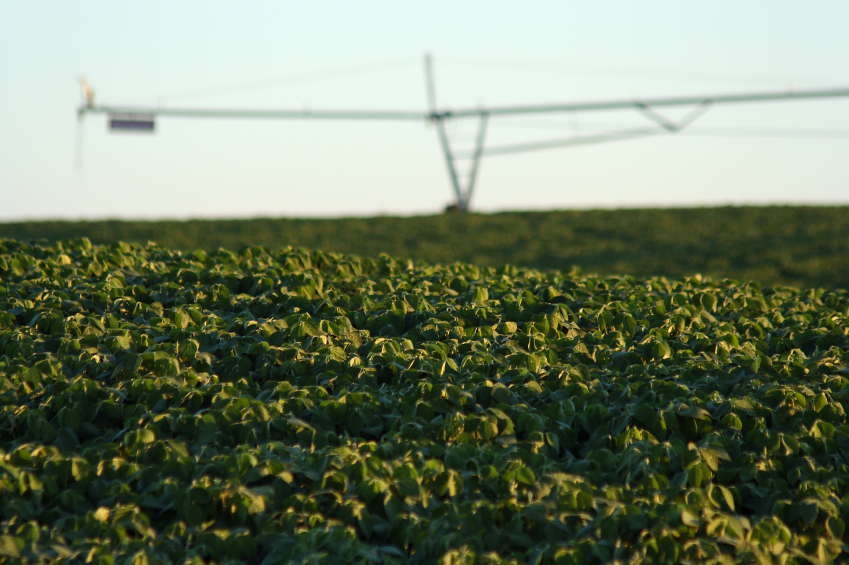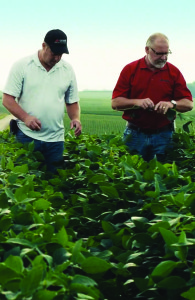Peoples Company Acquires Lincoln-based United Farm and Ranch Management

UFARM adds 15 employees, four offices and more than 90,000 acres of land under management to Peoples Company’s growing team and portfolio
(LINCOLN, Neb.) – Peoples Company, a recognized leader in integrated land management, brokerage, appraisal, and energy solutions with offices across the nation, today announced it acquired Lincoln-based United Farm and Ranch Management (UFARM). UFARM, a nearly 100-year-old land management company, will add 15 employees and four offices, along with more than 90,000 acres of farm and ranch land under management, to Peoples Company’s growing team and portfolio.
“For nearly 100 years, landowners have trusted the United Farm and Ranch Management team to implement strategies to improve farm productivity and increase the value of their land. While ownership of the company is changing, the 100-year legacy of stewardship and trusted advisement of United Farm and Ranch Management will remain,” said Steve Bruere, President of Peoples Company.
Headquartered in Lincoln, UFARM has offices in Kearney, Norfolk, and North Platte. The company specializes in the management of farmland, ranches and recreational properties, and offers real estate and appraisal services. UFARM currently manages land in five states: Nebraska, Colorado, Kansas, Missouri, and South Dakota.
Peoples Company, which is based just outside of Des Moines in Clive, Iowa, will retain all UFARM’s employees. Peoples Company has licensed brokers, appraisers, and is actively managing land in the states where UFARM has land under management.
“As we considered the next chapter for United Farm and Ranch Management, our team was focused on a partnership that provided continuity for our clients and employees, finding a team that shared our client-focused approach to land management, and offered complimentary services so our clients can reap the rewards of the new partnership,” said Chris Scow, Managing Broker and Operations Manager of UFARM. “With Peoples Company’s robust land brokerage experience, their energy management services, and their capital markets group, we believe this partnership positions our team and our clients exceptionally well for the next 100 years.”
Peoples Company’s acquisition of UFARM in Nebraska comes on the heels of their 2024 purchase of Lallman, Paulson & Brettmann, Inc. in Fremont, Neb., and their 2020 acquisition of Omaha-based Mid-Continent Properties, Inc.
With over 50 years of proud history, Peoples Company has established itself as the premier national platform for agricultural land services, offering comprehensive, integrated solutions for landowners and farmland stakeholders. Peoples Company leads the nation in delivering exceptional value through core competencies spanning land brokerage, agricultural appraisal, land and energy management, crop insurance, capital markets, and corporate services across every agricultural market in the United States. Leveraging strong industry relationships and a team of experienced local professionals, Peoples Company provides personalized services to a variety of clientele, consistently achieving superior outcomes for clients.
More information can be found at https://peoplescompany.com/.




